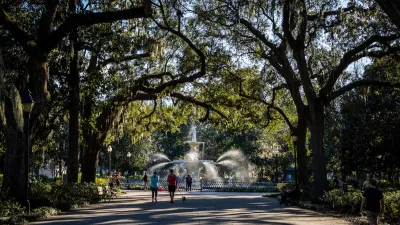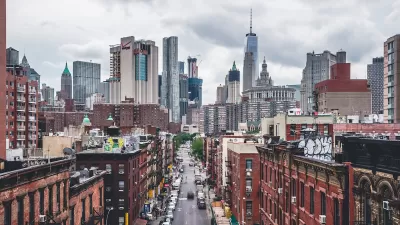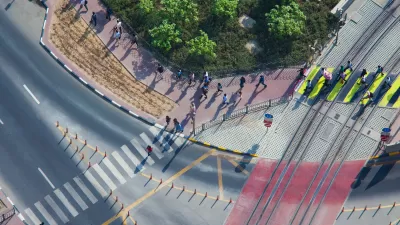In this article from The New York Times Magazine looks at "instant cities" like Dubai and Shenzhen that have developed in hyperspeed in recent years, and discusses why they aren't yet "real" cities.
"In both China and the Persian Gulf, cities comparable in size to New York have sprouted up almost overnight. Only 30 years ago, Shenzhen was a small fishing village of a few thousand people, and Dubai had merely a quarter million people. Today Shenzhen has a population of eight million, and Dubai's glittering towers, rising out of the desert in disorderly rows, have become playgrounds for wealthy expatriates from Riyadh and Moscow. Long-established cities like Beijing and Guangzhou have more than doubled in size in a few decades, their original outlines swallowed by rings of new development. Built at phenomenal speeds, these generic or instant cities, as they have been called, have no recognizable center, no single identity. It is sometimes hard to think of them as cities at all. Dubai, which lays claim to some of the world's most expensive private islands, the tallest building and soon the largest theme park, has been derided as an urban tomb where the rich live walled off from the poor migrant workers who serve them. Shenzhen is often criticized as a product of unregulated development, better suited to the speculators that first spurred its growth than to the workers housed in huge complexes of factory-run barracks. Yet for architects these cities have also become vast fields of urban experimentation, on a scale that not even the early Modernists, who first envisioned the city as a field of gleaming towers, could have dreamed of."
FULL STORY: The New, New City

Trump Administration Could Effectively End Housing Voucher Program
Federal officials are eyeing major cuts to the Section 8 program that helps millions of low-income households pay rent.

Planetizen Federal Action Tracker
A weekly monitor of how Trump’s orders and actions are impacting planners and planning in America.

Ken Jennings Launches Transit Web Series
The Jeopardy champ wants you to ride public transit.

Opinion: Transit Agencies Must View Service Cuts as Last Resort
Reducing service could cripple transit systems by pushing more riders to consider car ownership, making future recovery even less certain.

‘Smart Surfaces’ Policy Guide Offers Advice for Building and Maintaining Urban Tree Canopies
Healthy, robust tree canopies can reduce the impacts of extreme heat and improve air quality.

New Jersey Lawsuit Targets Rent-Setting Algorithms
The state of New Jersey is taking legal action against landlords and companies that engage in what the state’s Attorney General alleges is illegal rent fixing.
Urban Design for Planners 1: Software Tools
This six-course series explores essential urban design concepts using open source software and equips planners with the tools they need to participate fully in the urban design process.
Planning for Universal Design
Learn the tools for implementing Universal Design in planning regulations.
Heyer Gruel & Associates PA
Ada County Highway District
Institute for Housing and Urban Development Studies (IHS)
City of Grandview
Harvard GSD Executive Education
Toledo-Lucas County Plan Commissions
Salt Lake City
NYU Wagner Graduate School of Public Service





























